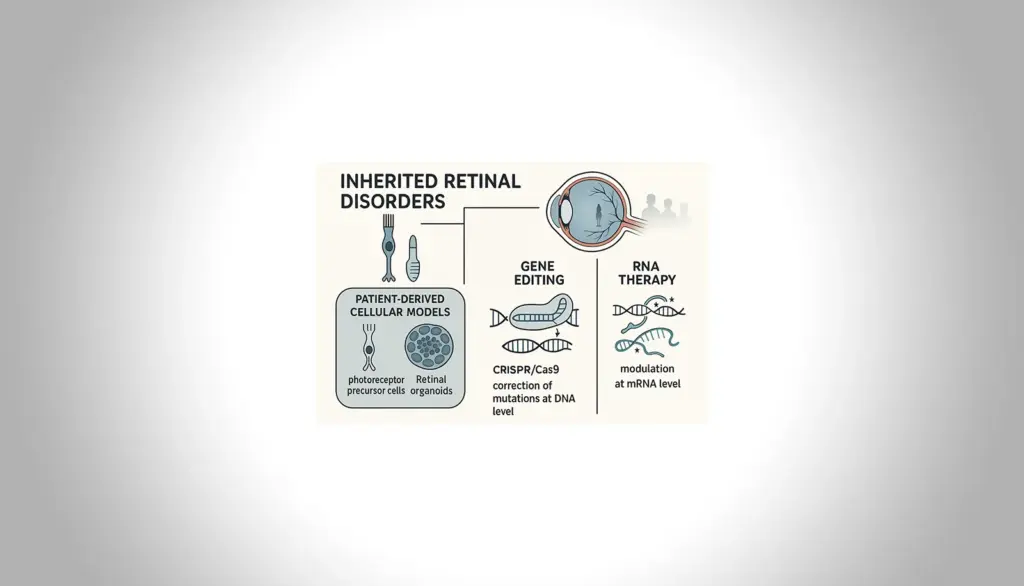CRISPR/Cas and RNA Therapeutics for Inherited Retinal Diseases
Pietro De Angeli - Hector Fellow Eberhart Zrenner
Vision loss from inherited retinal diseases is caused by faulty genes. My research uses cutting-edge tools—like CRISPR and RNA therapies—to fix or silence mutations in genes such as RHO, USH2A, and ABCA4. These treatments are tested in advanced patient-derived models, including iPSC-derived retinal cells, with the goal of developing safe, effective therapies ready for clinical translation.










